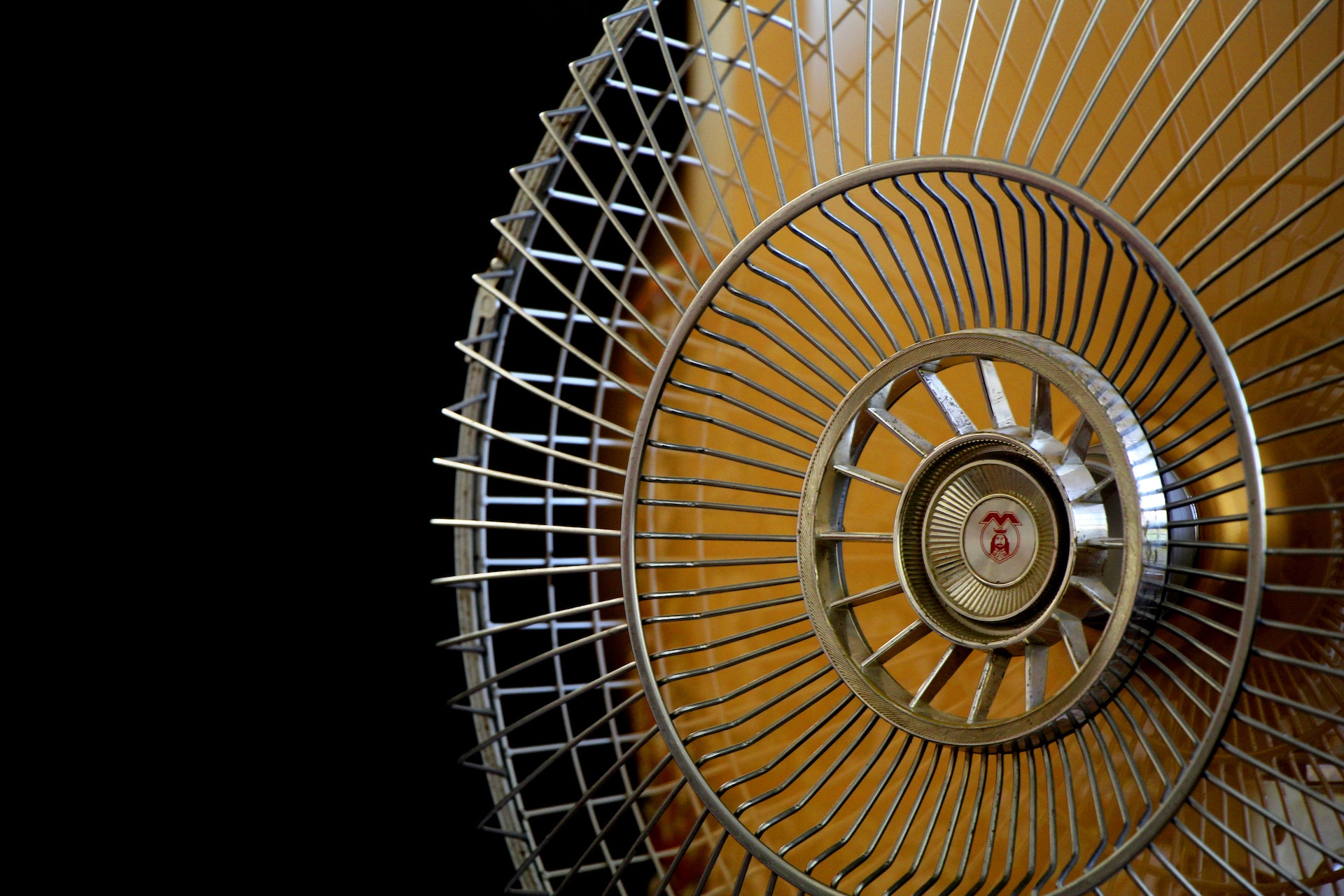Transitioning Your HVAC System from Summer to Fall
As September arrives, we say goodbye to the scorching heat of summer and welcome the cooler days of fall. This seasonal transition is the perfect time to prepare your HVAC system for the changing weather conditions. In this article, we’ll discuss how to transition your HVAC system from summer to fall, ensuring that it remains efficient and ready to provide you with a comfortable indoor environment.
1. Schedule a Professional Inspection:
The first step in preparing your HVAC system for fall is to schedule a professional inspection. A qualified technician can check your system for any issues that may have developed during the summer and address them before they become major problems. They will ensure that your system is clean, well-maintained, and ready to handle the upcoming season.
2. Change Your Air Filter:
Changing your air filter is a simple but crucial step in maintaining your HVAC system’s efficiency. During the summer, the filter may have collected dust, pollen, and other debris. A clean filter allows for proper airflow and prevents the system from overworking. In the fall, use a high-efficiency filter to help capture allergens and dust that may become more prevalent as windows are closed.
3. Adjust Your Thermostat:
As the temperatures start to drop, it’s time to adjust your thermostat settings. During the summer, you likely had it set to cool your home. In the fall, you can save energy and money by setting the thermostat to a more moderate temperature. Consider a programmable thermostat to automate these adjustments for optimal comfort and efficiency.
4. Check Your Home’s Insulation:
Proper insulation is key to maintaining a comfortable indoor temperature during the fall. Check your home for any gaps or areas where cold air may enter and warm air may escape. Seal any gaps around doors and windows, and make sure your attic and walls are adequately insulated. Proper insulation reduces the workload on your HVAC system.
5. Clean Your Outdoor Unit:
During the summer, your outdoor HVAC unit may accumulate dirt and debris. To ensure efficient operation, clean the unit, removing any leaves, grass, or debris that may have gathered around it. A clean unit allows for proper airflow and heat exchange.
6. Check and Clean the Ductwork:
Inspect your ductwork for leaks, loose connections, or damage. Leaky ducts can lead to energy wastage and reduced heating efficiency. Have any issues repaired and consider having your ducts professionally cleaned to improve indoor air quality.
7. Test Your Heating System:
Before the cold weather sets in, test your heating system to ensure it’s in good working order. Turn on your furnace and observe its performance. If you notice any unusual noises or odors, or if it fails to provide consistent heat, contact an HVAC technician for repairs.
8. Consider Upgrading to a Smart Thermostat:
Smart thermostats offer advanced features that can enhance your HVAC system’s efficiency. They can be programmed to adjust temperature settings based on your daily routine, and some models can even learn your preferences over time. These thermostats allow you to optimize your HVAC system’s performance and save on energy costs.
9. Inspect and Clean Vents and Registers:
Inspect the vents and registers in your home for blockages or dirt buildup. Clean them to ensure efficient airflow. Make sure that furniture or drapes are not obstructing airflow, as this can hinder your system’s performance.
10. Consider a Fall Maintenance Plan:
Enrolling in a fall maintenance plan with your HVAC company can be a convenient way to ensure your system receives the attention it needs. These plans often include seasonal check-ups and priority service if issues arise.
By following these steps, you can transition your HVAC system from the demands of summer to the requirements of fall seamlessly. This proactive approach ensures that your system remains efficient, reliable, and ready to keep you comfortable as the seasons change.





